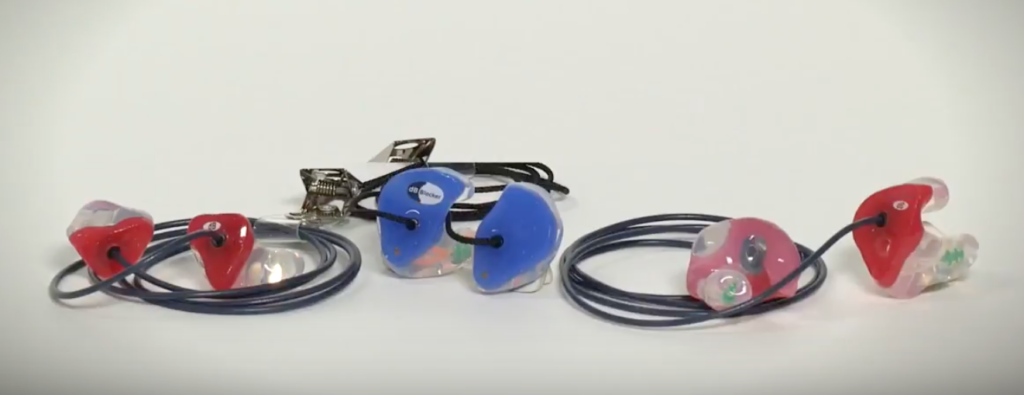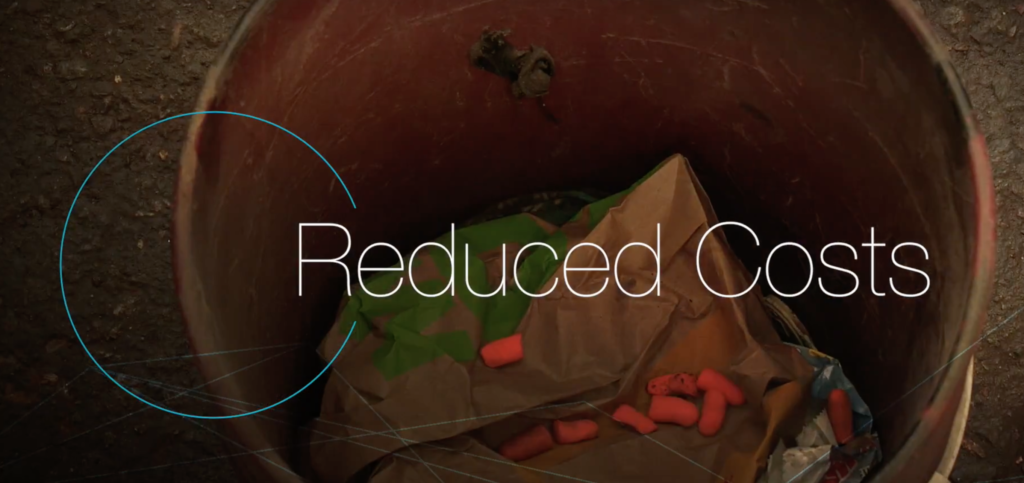Occupational hearing loss is the most common work-related injury in the United States. Approximately 22 million U.S. workers exposed to hazardous noise levels at work, and an additional 9 million exposed to ototoxic chemicals.
An estimated $242 million is spent annually on worker’s compensation for hearing loss disability.
NIOSH recommends that all worker exposures to noise should be controlled below a level equivalent to 85 dBA for eight hours to minimize occupational noise induced hearing loss. NIOSH also recommends a 3 dBA exchange rate so that every increase by 3 dBA doubles the amount of the noise and halves the recommended amount of exposure time.
- Four million workers go to work each day in damaging noise. Ten million people in the U.S. have a noise-related hearing loss. Twenty-two million workers are exposed to potentially damaging noise each year.
- In 2008, approximately 2 million U.S. workers were exposed to noise levels at work that put them at risk of hearing loss.
- In 2007, approximately 23,000 cases were reported of occupational hearing loss that was great enough to cause hearing impairment.
Reported cases of hearing loss accounted for 14% of occupational illness in 2007. - In 2007, approximately 82% of the cases involving occupational hearing loss were reported among workers in the manufacturing sector.

Over the past few decades, much has been learned about the implementation of hearing loss prevention programs. The eight components of a successful hearing loss prevention program include:
1) noise exposure monitoring,
2) engineering and administrative controls,
3) audiometric evaluation,
4) use of hearing protection devices,
5) education and motivation
6) record keeping,
7) program evaluation, and
8) program audit.
Don’t forget to do your part to promote awareness about Hearing Loss Prevention Safety Month!
SOURCE
Acknowledgments to Centers for Disease Control and Prevention http://www.cdc.gov/niosh/topics/noise/
















